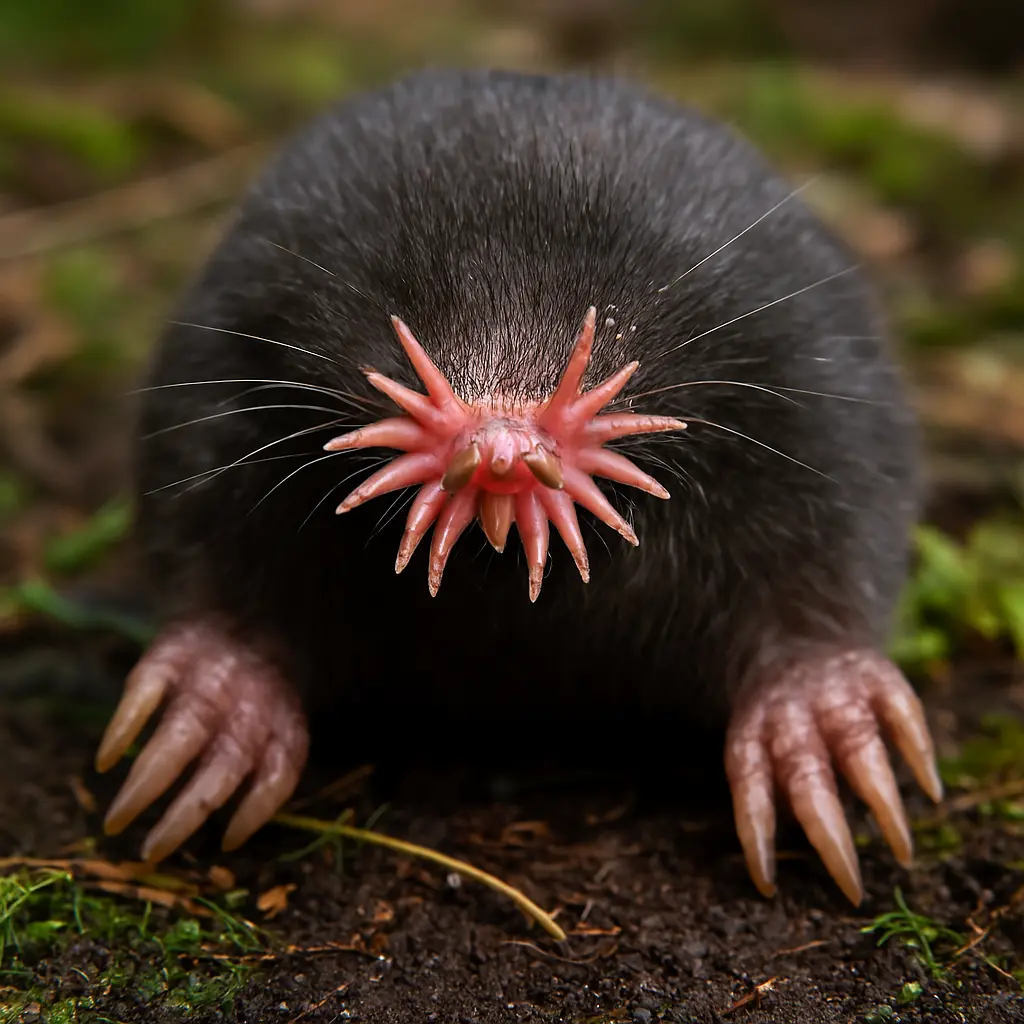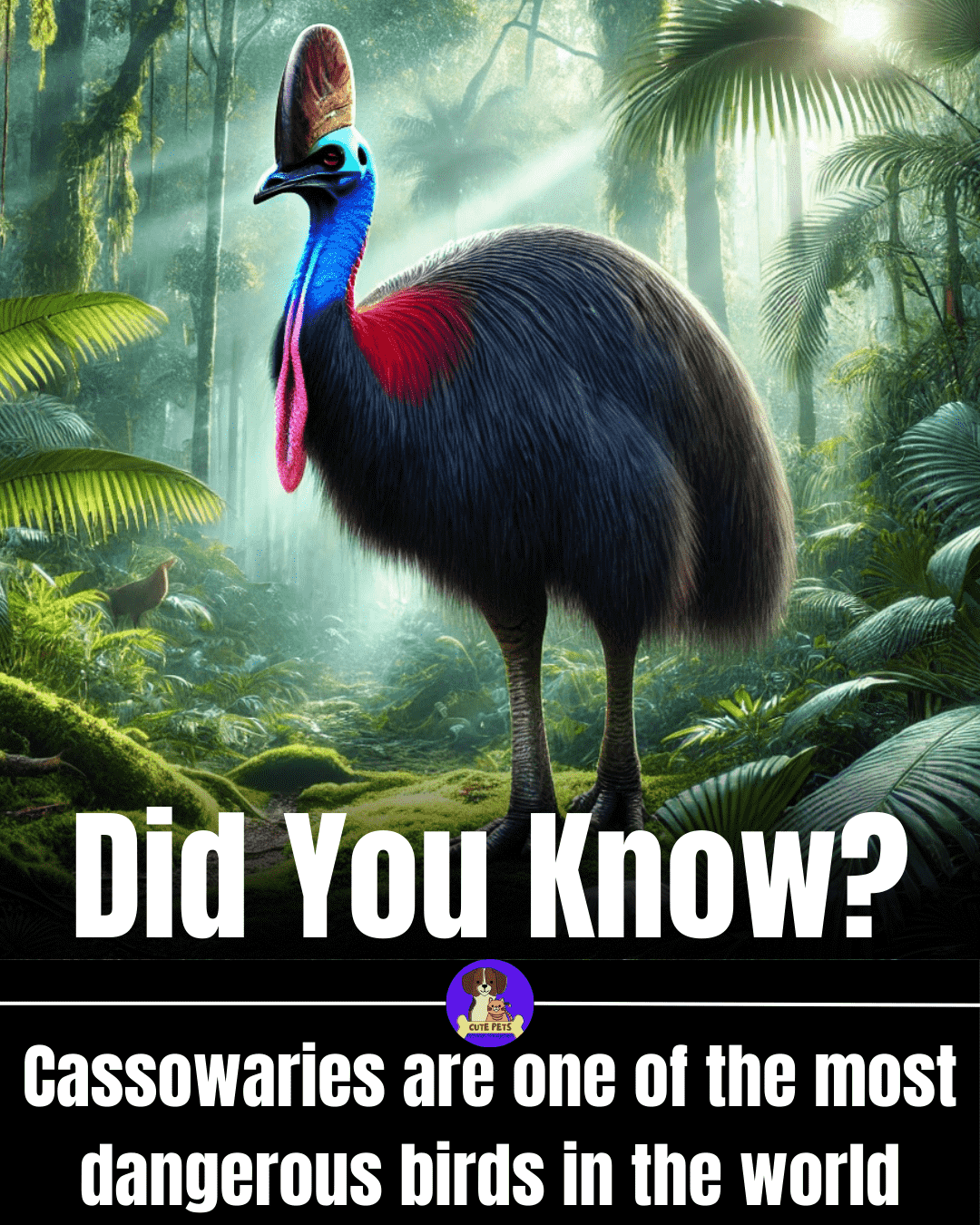The Maned Wolf is one of the most unique creatures in the animal kingdom. With its long legs, fox-like face, and distinctive mane, it is often mistaken for other species. However, this fascinating animal stands in a class of its own. Let’s explore some incredible facts about this mysterious species.
Key Facts About the Maned Wolf
- Maned-Wolves is the largest canid in South America.
- It is neither a true wolf nor a fox but belongs to its own genus.
- It uses a strong-smelling scent to mark its territory.
- Unlike wolves, it hunts alone rather than in packs.
- Its diet consists of a mix of meat and plants, making it an omnivore.
- Its long legs help it navigate tall grasslands with ease.
- The species is classified as near-threatened due to habitat loss.
1. What Makes the Maned Wolf So Unique?
Despite its name, They are not a true wolf. It belongs to the genus Chrysocyon, which means “golden dog.” Unlike other canines, it is known for its strikingly long legs, which help it see over tall grasses in its natural habitat.
Its thick, dark mane stands up when it feels threatened, making it look larger to predators. This distinctive trait has contributed to its name.
2. Are Maned Wolves Aggressive?
Unlike true wolves, the Maned Wolf is not aggressive toward humans. It is a solitary animal that avoids confrontation. Rather than hunting in packs, it prefers to roam alone and mark its territory with strong-smelling urine.
3. Why Are Their Legs So Long?
One of the most striking features of them is its long, slender legs, which make it the tallest wild canid in the world. These elongated limbs are an evolutionary adaptation that helps the animal thrive in the vast grasslands and wetlands of South America. Their primarily inhabits open environments with tall vegetation, and its long legs allow it to see over the grass, spot prey from a distance, and evade potential predators.
In addition to providing a height advantage, these legs enhance their agility and speed. Unlike wolves that rely on endurance and pack hunting, They are solitary hunters, often chasing small mammals, birds, and insects through the grasslands. Its long legs give it a unique stride, allowing it to move swiftly and quietly while stalking prey.
4. Is the Maned Wolf a Dog?
Although it looks like a mix between a wolf, a fox, and a dog, the Maned Wolf is neither. It belongs to a separate evolutionary lineage and is the only species in its genus, Chrysocyon. Unlike domestic dogs or true wolves, They have adapted to the grasslands of South America, developing long legs to navigate tall vegetation and an omnivorous diet that includes a significant portion of fruits.
Another major difference is its solitary nature—unlike dogs and wolves, which often rely on social structures, they prefers to live and hunt alone. Its communication methods are also unique; instead of howling like wolves, it emits a deep “roar-bark” to communicate across long distances. Scientists believe that despite some physical similarities, the Maned Wolf diverged from other canines millions of years ago, following its own evolutionary path.
5. Is It a Fox or a Wolf?
it is neither a wolf nor a fox. Instead, it is a unique species that evolved separately from both. Its fox-like face and wolf-like body contribute to the confusion, but scientists classify it as a distinct type of wild canine.
6. What is the Tallest Wild Canine?
While the Maned Wolf is not a true wolf, it is the tallest wild canid. Standing at about 35 inches (90 cm) at the shoulder, it surpasses all known wolf species in height. However, domestic breeds like the Irish Wolfhound can rival its size.
7. What Do They Eat?
They have an omnivorous diet. It eats a variety of foods, including:
- Small mammals like rodents and rabbits
- Birds and insects
- Fruits such as the lobeira (known as the “wolf apple”)
They relies heavily on fruit, which makes up nearly half of its diet. This helps with seed dispersal, making it an essential part of its ecosystem.
Did You Know?
- They are known for their unique “roar-bark,” which sounds like a combination of a growl and a bark.
- Unlike most canines, it rarely howls or forms packs.
- It is a nocturnal hunter, preferring to move under the cover of darkness.
Final Thoughts
The Maned Wolf is one of nature’s most fascinating creatures. With its long legs, solitary nature, and unique diet, it is a standout species in the animal kingdom. Its ability to thrive in the open grasslands of South America showcases its adaptability.
Despite its resilience, they faces increasing threats from habitat destruction and human encroachment. Conservation efforts are crucial to ensuring the survival of this extraordinary species. Organizations and researchers are working to protect its natural habitat and educate people about its ecological importance.
By learning more about these creatures, we can help spread awareness about the importance of preserving biodiversity. Protecting this species also benefits the larger ecosystem, as it plays a vital role in seed dispersal and maintaining the ecological balance.
What do you think is the most interesting fact about them ? Share your thoughts in the comments!
Liked what you read ? Support Us On Instagram, X, Pinterest and YouTube.
Wanna Say Something about animals ? Contact Us.
Our Store!
Latest Posts

These are the Top 05 Scariest Birds that haunt the wild skies terrifying, fierce, and downright creepy, they’re the most

In the dense rainforests and wetlands of Central and South America, there lives a creature so elusive that many people

Colossal Biosciences, a Texas-based biotech company best known for its mission to "de-extinct" the woolly mammoth, has now turned its

The Fossa stands out as a creature of mystery and awe. Sleek, agile, and built for the wild, this fascinating

The Maned Wolf is one of the most unique creatures in the animal kingdom. With its long legs, fox-like face,

The animal kingdom is full of fascinating creatures, but few are as unique as the star nosed mole. This extraordinary

Earthquakes strike without warning, causing chaos and panic. While people rush to safety, our pets often face the most danger.

Did You Know? the Aye-Aye is one of the most unique and misunderstood creatures in the world. This strange-looking primate

Animal Abuse Investigation Leads to the Rescue of 22 Animals in Colleton County Animal abuse remains a serious issue worldwide,

Muntjac deer, often called the "barking deer," are among the most unique and mysterious members of the deer family. With

We’re exploring the fascinating world of the cassowary—an extraordinary bird that continues to surprise and inspire. Whether you're wondering, “are

Did You Know? Butterfly with their stunning wings and transformative life cycles, captivate our hearts and inspire us every day.












Did You Know?















